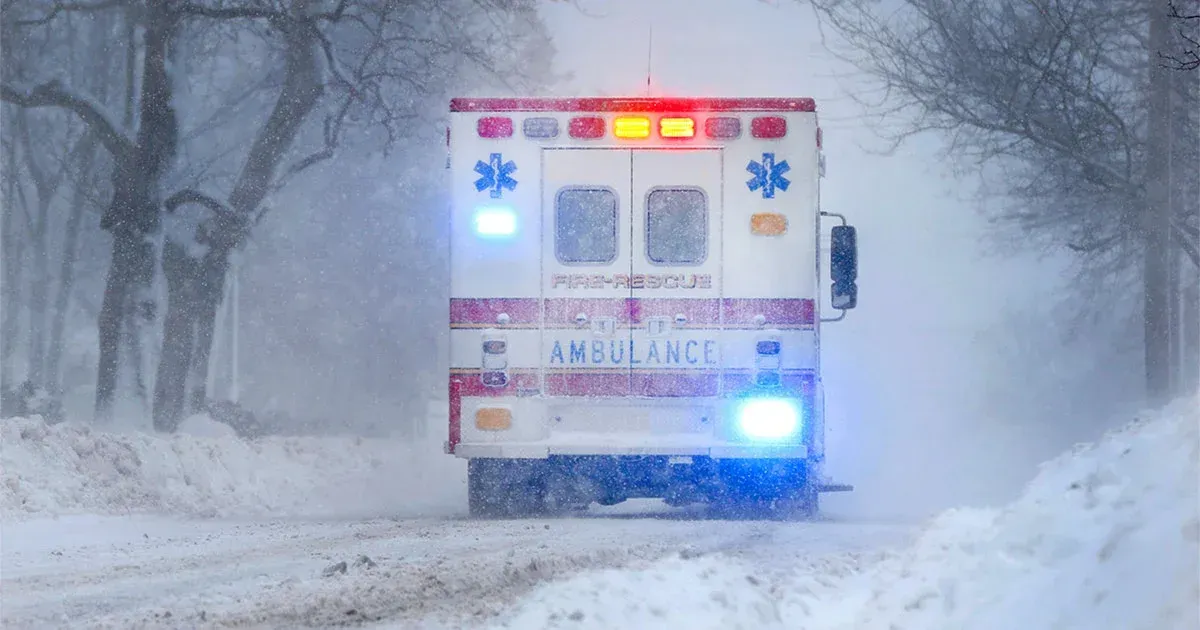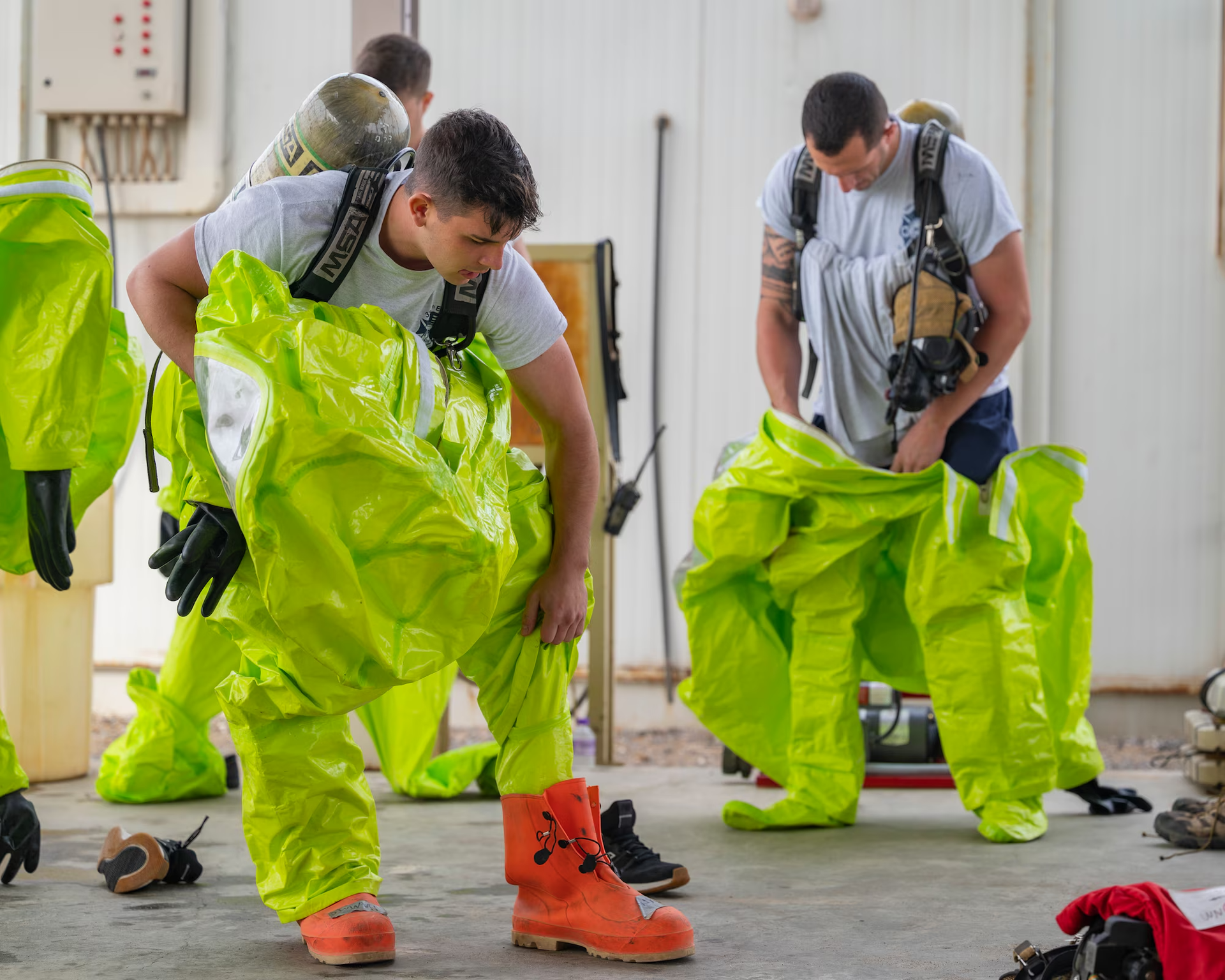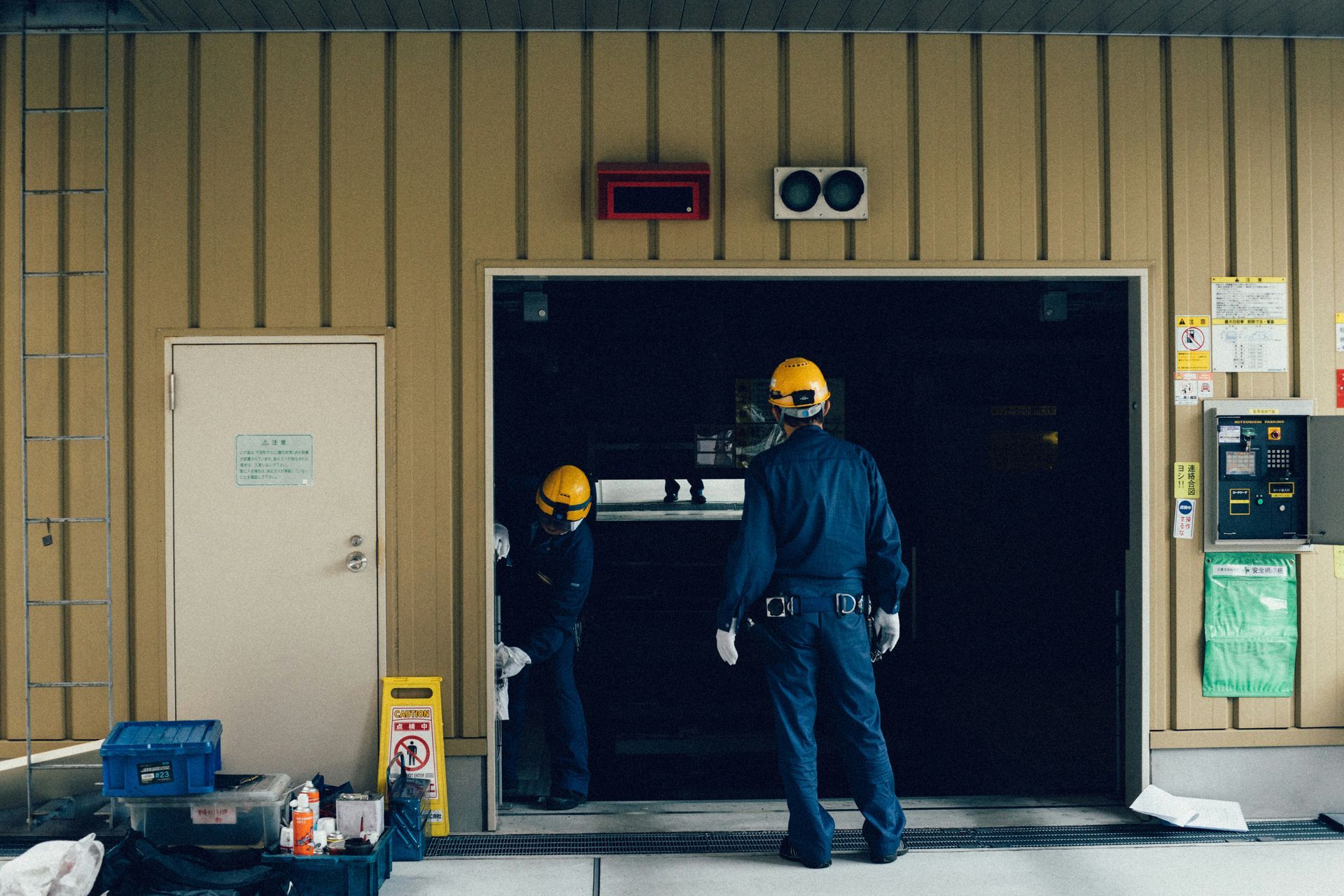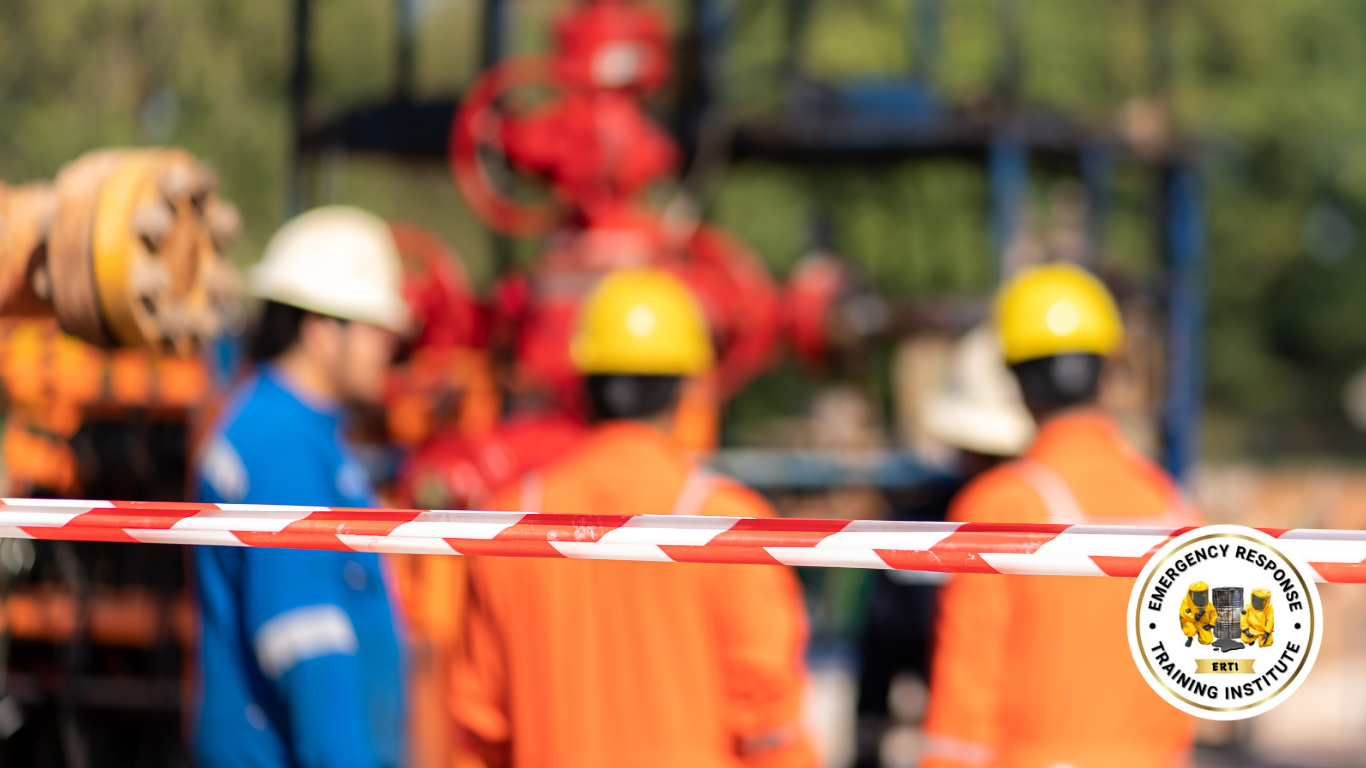Hazmat incidents are a reality that fire departments across the globe must face. By prioritizing hazmat training, departments not only ensure compliance but empower their teams to respond to these challenging scenarios effectively and safely.

Fire departments often come face-to-face with more than just flames; hazardous materials (hazmat) incidents are an increasingly prevalent challenge. Whether it's responding to chemical spills, gas leaks, or incidents involving unknown substances, firefighters and emergency responders must be prepared to tackle these situations efficiently and safely. This is where hazmat training becomes indispensable.
For fire departments, hazmat training isn't just about compliance with regulations—it’s about equipping personnel with the skills and knowledge to save lives, safeguard their own well-being, and protect the community. This blog explores why hazmat training is essential for fire departments and how it can prepare firefighters for the complexities of today's emergencies.
The Growing Need for Hazmat Training in Fire Departments
Professionals in the field know that hazardous materials incidents go beyond industrial zones. These risks can arise in residential areas, on highways, or even in public spaces. According to the National Fire Protection Association (NFPA), fire departments in the U.S. responded to over 400,000 hazmat incidents in 2020—a number that's steadily growing due to industrial expansion and the transportation of hazardous goods.
Hazmat training prepares firefighters to handle:
- Chemical spills: Accidental spills during manufacturing or transportation.
- Gas leaks: Flammable or toxic gas releases from pipelines, storage tanks, or residential sources.
- Biological threats: Handling incidents involving pathogens or biohazards.
- Unknown substances: Responding to suspicious packages or spills with no clear identifiers.
Without specialized training, these scenarios can lead to significant risks for emergency responders, including chemical exposure, fire, explosion, and long-term health issues.
Core Components of Hazmat Training
Hazmat training is a structured program that covers theoretical knowledge and practical application. Here are some of the key components that make it effective:
1. Recognizing Hazardous Materials
Understanding the nature of chemicals, toxins, and biohazards is the foundation of effective hazmat response. Firefighters are trained to:
- Recognize labels and placards based on the U.N. Globally Harmonized System (GHS).
- Use the Emergency Response Guidebook (ERG) to assess risks quickly.
- Spot early warning signs of hazardous materials exposure.
2. Proper Use of PPE (Personal Protective Equipment)
Firefighters must learn how to choose and correctly use the appropriate level of PPE. Hazmat training includes providing instructions on:
- Level A suits for the highest protection when dealing with unknown substances.
- Level B or C suits for lower-risk hazmat situations.
- Proper procedures for donning and doffing equipment to avoid contamination.
3. Command and Communication
Clear communication and a structured chain of command are critical in hazmat situations. Training focuses on:
- Incident Command System (ICS) protocols for coordinating response teams.
- Effective two-way communication with other emergency services and external agencies like the EPA and FEMA.
- Crisis communication with the public to reduce panic and provide safety guidance.
4. Decontamination Protocols
Protecting responders and civilians from secondary contamination is a vital part of hazmat response. Training covers:
- Setting up decontamination zones.
- Step-by-step decontamination procedures for both equipment and personnel.
- Safe disposal of contaminated materials in compliance with environmental laws.
5. Technical Equipment Handling
Advanced detection and monitoring tools improve the response to hazardous materials incidents. Firefighters learn to:
- Operate gas detectors, including PID (photo-ionization detectors) for volatile organic compounds (VOCs).
- Use radiation detectors to assess radioactive hazards.
- Interpret data from infrared or spectroscopy-based devices to identify unknown substances.
6. Emergency Medical Response
Since hazmat incidents often result in casualties, responders need basic medical training alongside hazmat skills. This includes:
- Recognizing symptoms of chemical and biological exposure.
- Administering first aid while minimizing contamination risks.
- Coordinating with paramedics and hospitals for advanced medical care.
Benefits of Hazmat Training for Fire Departments
Hazmat training offers substantial benefits, not only for the individuals receiving the education but for the entire department and the community it serves. Below are some of the core advantages:
1. Enhanced Safety for Firefighters
Hazmat incidents are unpredictable and laden with danger. Training equips firefighters with the skills to protect themselves effectively, reducing the risk of injury or fatality. This includes understanding when to engage, when to retreat, and how to minimize exposure during operations.
2. Critical Thinking in High-Pressure Scenarios
Hazmat training hones decision-making under pressure. Responders are taught to assess risks rapidly with available data, adapt to the evolving nature of hazmat incidents, and execute precise actions with limited time.
3. Improved Team Coordination
A well-trained team functions as a cohesive unit. Everyone understands their role in the response effort, which minimizes confusion and boosts operational efficiency.
4. Regulatory Compliance
Fire departments must comply with rules set by organizations like OSHA (Occupational Safety and Health Administration) and NFPA. Comprehensive training ensures that departments adhere to these regulations, lowering liability risks.
5. Public Trust and Community Impact
Communities that know their fire department is hazmat-trained develop a higher sense of trust in their local first responders. This assurance is significant for managing public relations during and after incidents, particularly in densely populated areas.
Challenges Fire Departments Face in Hazmat Training
Although the importance of hazmat training is widely recognized, fire departments often face challenges when implementing these programs:
- Budgetary Constraints: High-quality training programs and equipment can be expensive.
- Time Commitment: Firefighters already have rigorous schedules, and allocating time for specialized training can be a hurdle.
- Keeping Up with Evolving Threats: The dynamic nature of hazmat threats—such as synthetic opioids and cyber-physical risks—requires continuous updates to training protocols.
To overcome these challenges, departments can leverage solutions such as government grants, cross-agency collaboration, and access to digital training platforms.
How to Implement or Enhance Hazmat Training
Fire departments aiming to implement hazmat training from scratch or improve existing programs can follow these steps:
- Assess Training Needs: Tailor training programs to the specific threats your local area is prone to.
- Choose Qualified Trainers: Partner with certified training organizations or consultants.
- Create a Regular Schedule: Maintain recurring training sessions to keep responders up to speed.
- Invest in Simulations: Use real-life scenarios, drills, and mock incidents to enhance preparedness.
- Review and Evaluate: Post-incident analyses can reveal gaps in training and highlight areas of improvement.
Raising the Bar on Hazmat Readiness
Hazmat incidents are a reality that fire departments across the globe must face. By prioritizing hazmat training, departments not only ensure compliance but empower their teams to respond to these challenging scenarios effectively and safely. From safeguarding responders to protecting civilians and the environment, the advantages of hazmat training are undeniable.
If your department is considering enhancing its hazmat readiness, start by assessing your current capabilities and exploring how tailored programs can address potential gaps. A well-prepared fire department sets the foundation for a safer community—a goal worth every effort.










